November 10, 2021, 9:47 am | Read time: 3 minutes
Most plants prefer bright locations with mild to summer-like temperatures. However, sometimes you need species that can thrive with little daylight. myHOMEBOOK introduces plants that can be cultivated in cool and dark places.
Besides storing seasonal clothing or old furniture, the basement can be used in many other ways. If you set it up as a home office or wellness oasis, the right decoration is essential. In addition to pictures or decorative figures that transform the gloomy basement into a space for productivity or relaxation, plants are also a must. However, the usual suspects like Monstera or rubber trees are not suitable, as they, like most plants, prefer bright conditions. The lighting in basements is generally on the darker side. Here are some plants that can thrive in dark and cool places like the basement.

9 Plants Perfect for the Bedroom

Which Plant Matches My Zodiac Sign?

6 Plants That Help Cool Your Home
5 Plants That Thrive in the Basement
Asparagus Fern
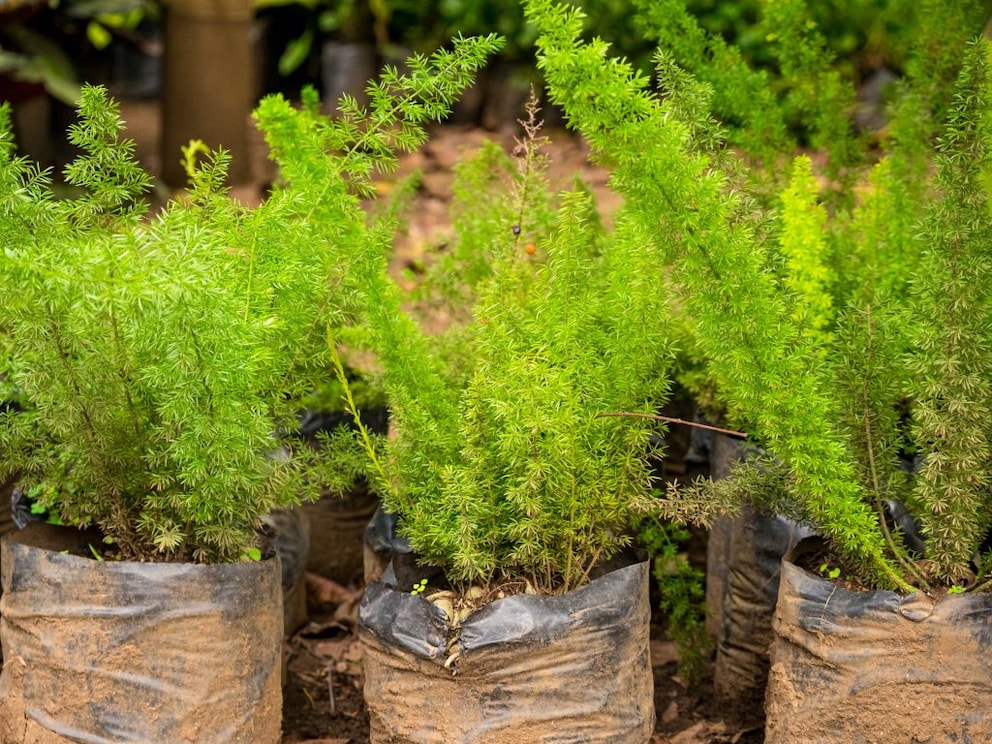
Generally, asparagus fern prefers bright conditions. However, with proper care, this easy-to-maintain plant can also tolerate less light. An ideal spot is semi-shaded with no direct sunlight. It’s important to water the asparagus fern adequately. You can use the finger test to check if the substrate is dry. If it is, then it’s time to water the plant.
Also interesting: Tips for overwintering strawberry plants correctly
Fern
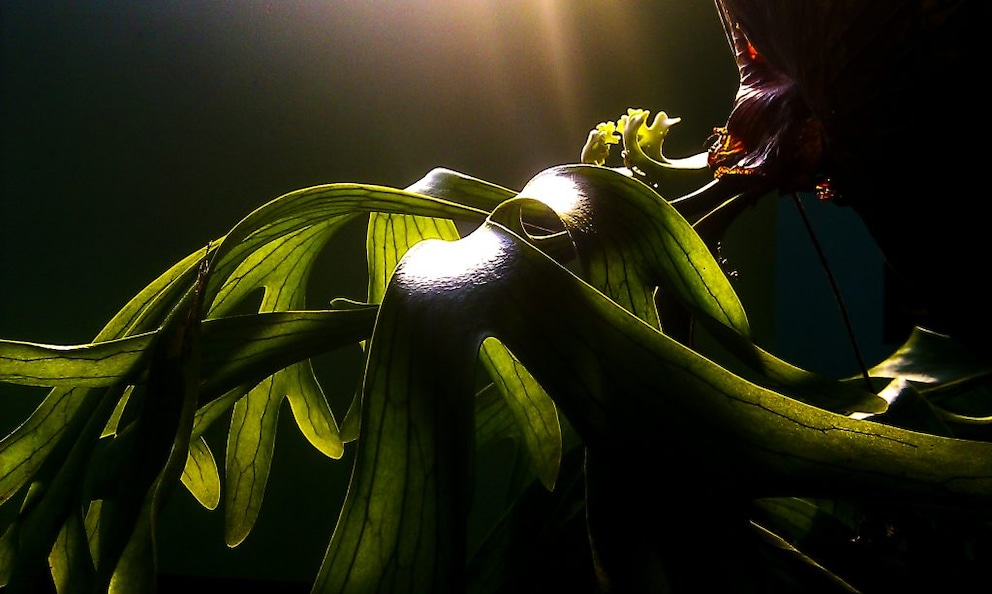
Ferns have no objection to a dark and cool spot. To truly thrive, they also need high humidity. Be cautious with temperatures: if the thermometer drops below ten degrees, the fern enters its winter dormancy. The soil should be kept moist, but avoid waterlogging. This can be easily prevented with well-draining soil and possibly a drainage layer. Popular fern varieties include the rabbit’s foot fern, maidenhair fern, and staghorn fern.
Pothos
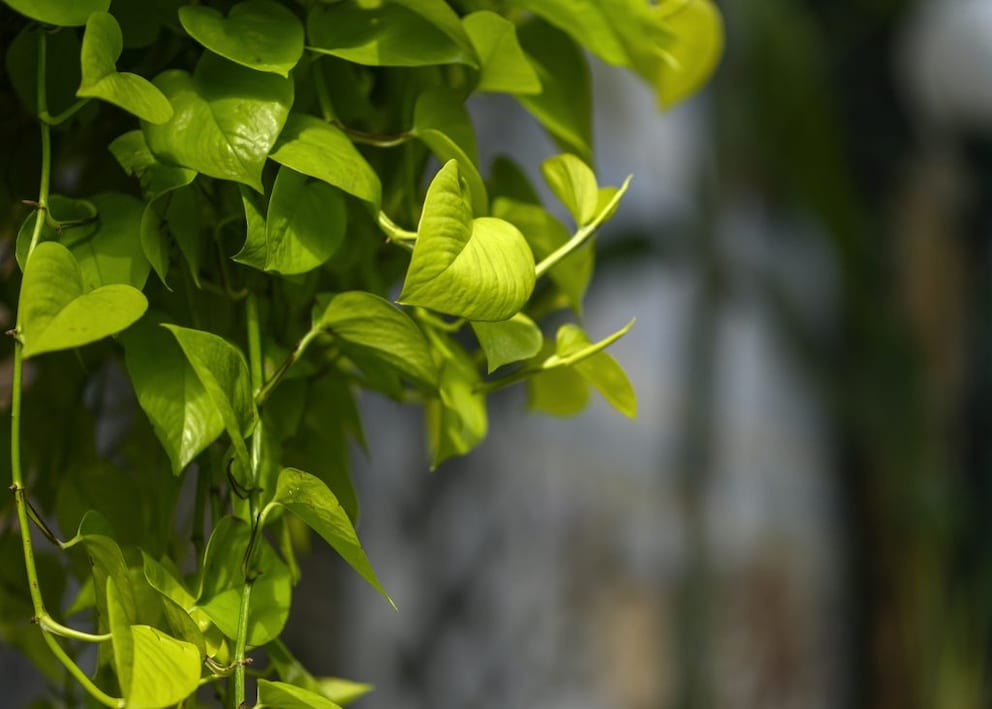
As a climbing plant, pothos can develop vines up to ten meters long. Originally from Asia and Australia, its native environment is anything but dark and cool. However, it cannot tolerate direct sunlight. A semi-shaded basement is ideal for this low-maintenance plant. Temperatures should be at least 15 degrees Celsius. Pothos only needs moderate watering. You can fertilize it every two weeks with liquid fertilizer.
Norfolk Island Pine
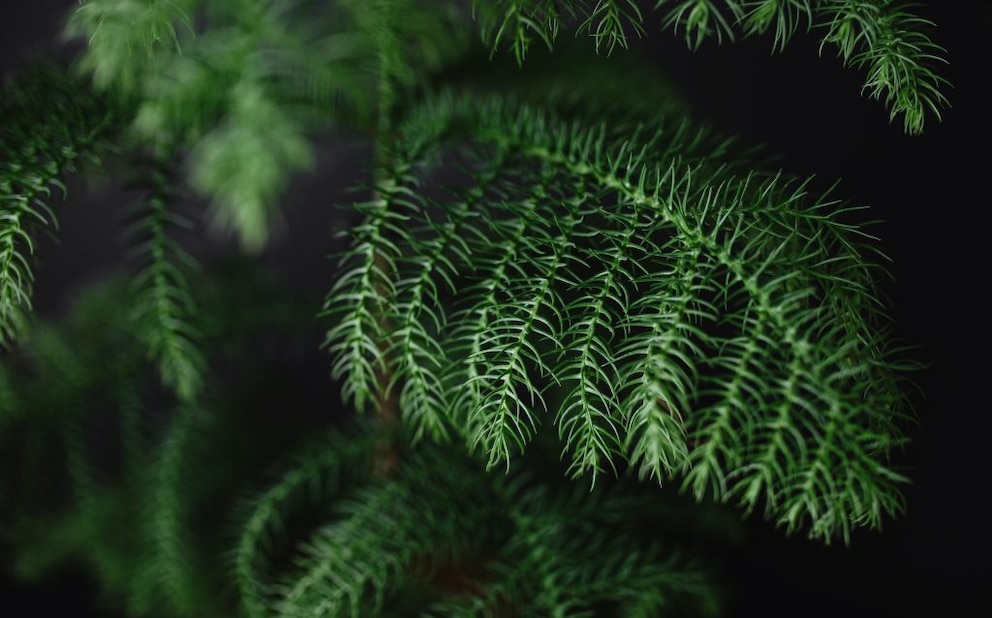
Originally from Norfolk Island, the Norfolk Island Pine is also known as the Norfolk Pine. It prefers a location with indirect sunlight, meaning its spot should not be too dark and should avoid direct sunlight. The soil can be slightly acidic, such as rhododendron soil, which should be kept moderately moist. In winter, reduce watering. As a very slow-growing plant, pruning is generally not necessary.
Also interesting: Should you leave wilted plants in the garden?
ZZ Plant
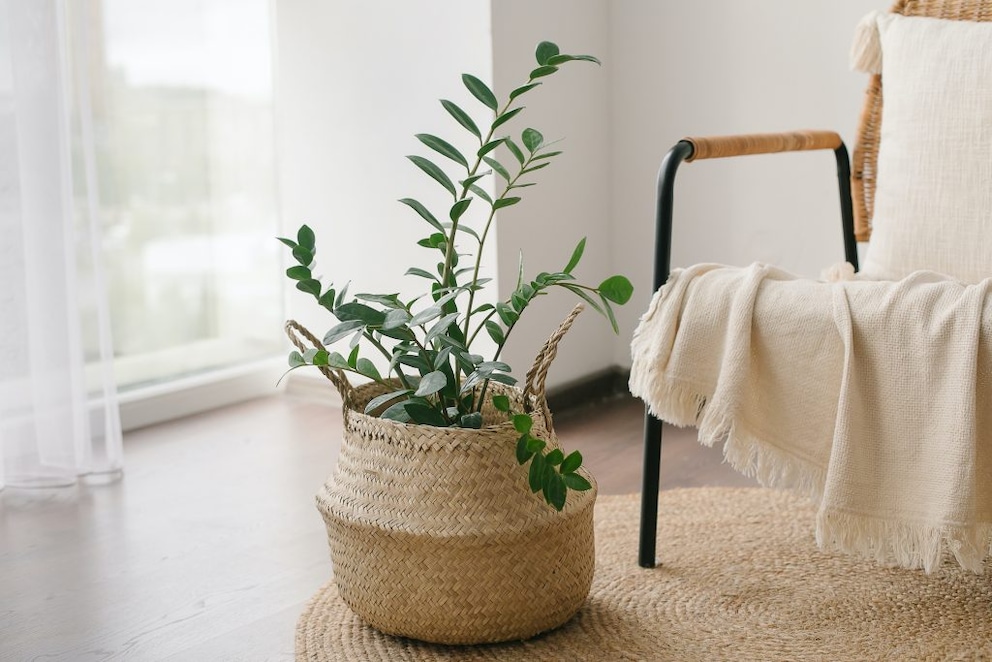
Another name for the ZZ Plant is the cardboard palm, though it is not a true palm. Besides preferring indirect sunlight, it also thrives in shaded areas. Interestingly, the leaf color of the ZZ Plant depends on the light. The darker its location, the more intensely green the leaves of this aroid plant become. It’s important to water it only moderately. Too much water can lead to waterlogging, which the ZZ Plant cannot tolerate.
Sources:
Garden Encyclopedia
My Beautiful Garden
Garden Journal


